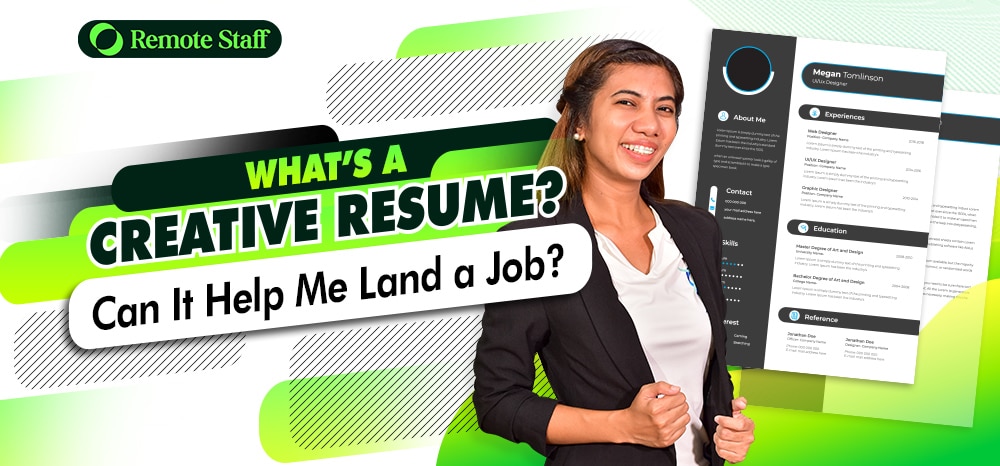One of the basic tenets of resume writing is to keep it simple and avoid fancy fonts or formats. However, there is a recent trend among Gen Z applicants to make their resumes look like their Instagram or Tinder accounts. This is called a creative resume.
What is it, and how do you make one? And will one give you an advantage in a competitive job market? Let’s find out.
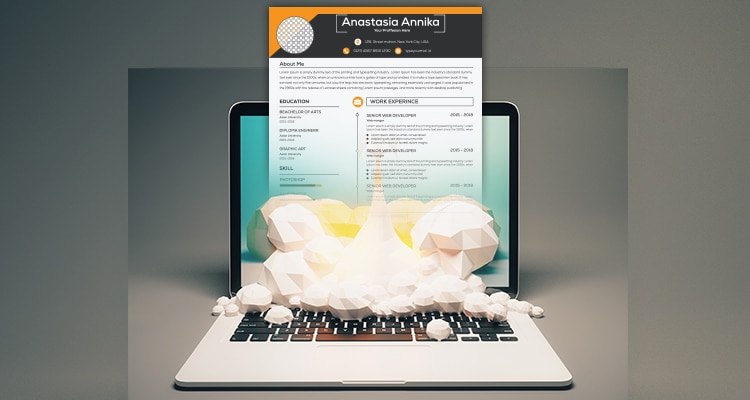
What is a Creative Resume?
In simple terms, a creative resume is a resume that doesn’t follow the traditional format. Instead of just being composed of simple words in black and white text, this type of resume is a creative way to highlight your skills. Simply put, creative resumes show, not tell.
There are several ways to produce a creative resume. Some applicants craft poster-like resumes or infographics that showcase their skills for the job they’re applying to. While others make film-like videos instead.
One common misconception about creative resumes is that they’re too elaborate and difficult to read. However, this isn’t always the case. You can create a simple, to-the-point resume yet is flashy enough to get your potential employers’ attention.
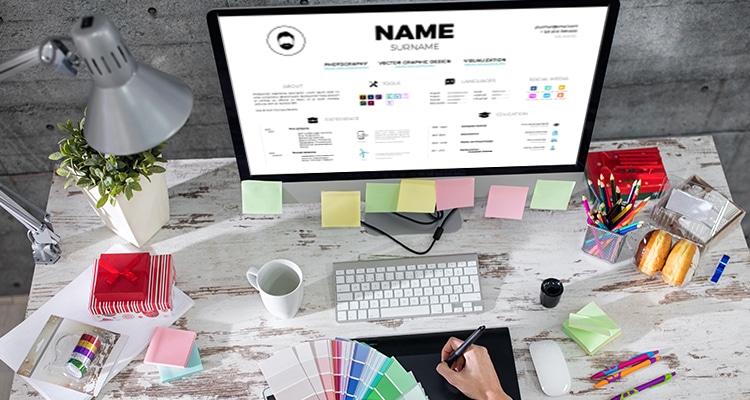
Pros
A creative resume offers several advantages over a traditional one, especially if you’re applying in the creative field, such as for design and multimedia jobs. It helps attract the attention of potential employers and provides a concrete example of your skills.
Videos, photographs, or online resumes show your creativity and proficiency in design software to potential employers, for example. This also applies to jobs such as IT and content writing.
So if you’re applying for a video editing job, why not make a video as your resume? Or if you’re a graphic designer, you could make a poster about your qualifications instead.
If you have an extensive work history, making this resume improves your chances of getting hired. A creative resume format highlights your experience and skills more than a list of places and people you’ve worked with.
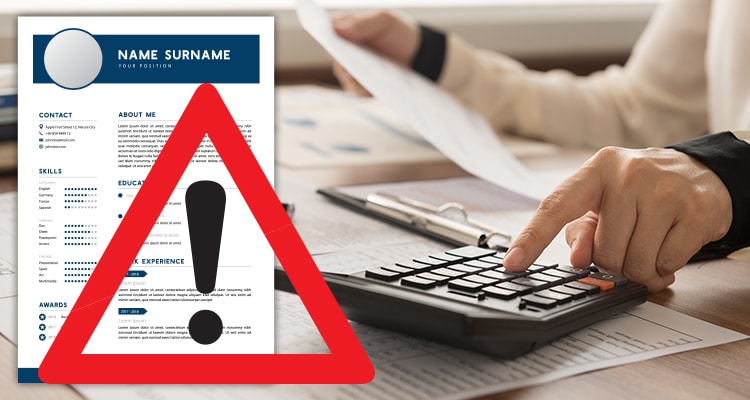
Cons
However, there are also disadvantages to using a creative resume. For one, some companies don’t like them. They find videos and visuals distracting.
Another disadvantage of using creative resumes is that many companies use applicant tracking systems (ATS) when screening resumes. An ATS looks for specific keywords to see whether the applicant has the necessary skills the company needs. This could lead potential employers to discard your resume without even looking at it.
Additionally, you will find that a creative resume will be inappropriate for some fields. Examples of these include insurance, banks, and accounting companies.
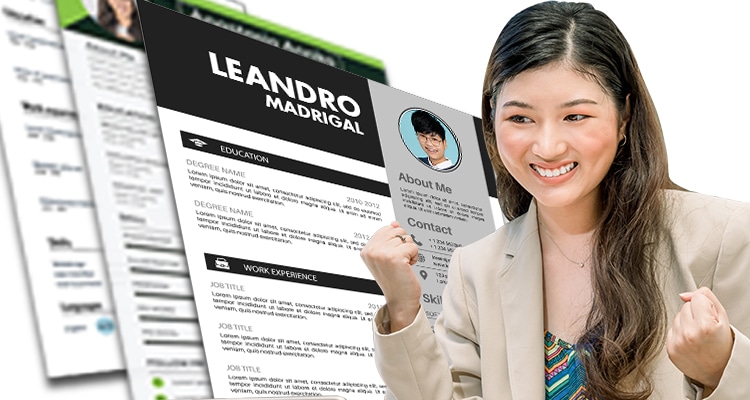
Is a Creative Resume Worth the Effort?
The answer isn’t as clear-cut as you’d expect. For some jobs, specifically creative jobs, having a creative resume is an advantage. It immediately gives your potential employers a glimpse of what you’re capable of alongside your credentials.
However, many companies, especially the ones in more traditional fields, won’t accept them. Some recruiters also still care about following the more conventional resume format, and may reject non-standard ones.
But if you’re applying to the right field, creative resumes are a great way to introduce yourself and get ahead of the competition.
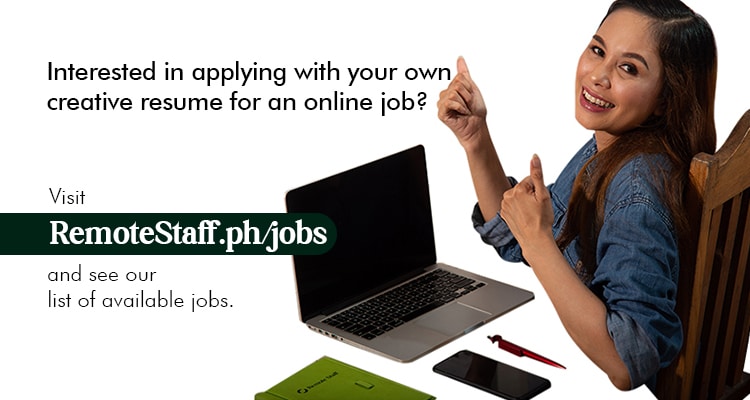
A New Resume Form for a New Work Environment.
As more and more Gen Z applicants enter the workplace, they’re bringing newer and out-of-the-box approaches to the workplace. One of these is producing creative resumes.
Although it’s new and many traditional companies remain skeptical about it, this resume format has shown promise – particularly in the creative field.
Interested in applying with your own creative resume for an online job? Then head to Remote Staff and see our list of available jobs. Good luck!

